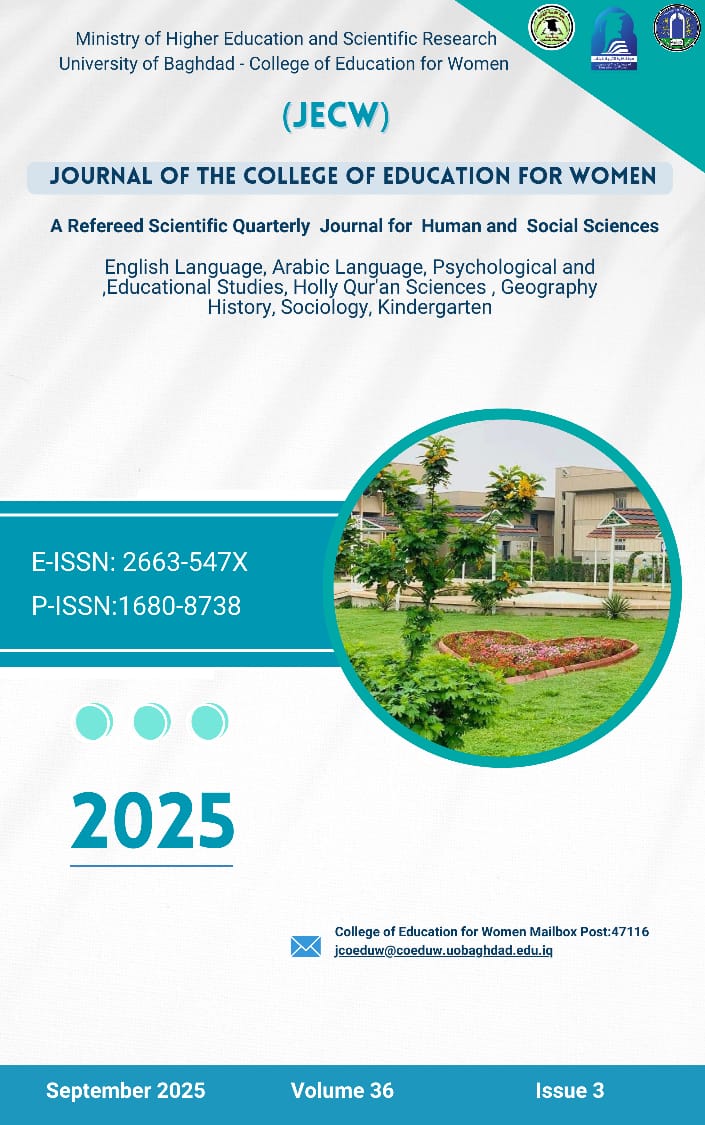American Travel Poetry: A Critical Study
DOI:
https://doi.org/10.36231/coedw.v36i3.1857Keywords:
travel literature, travel poetry, place, space, traveler poetsAbstract
This paper explores American Travel Literature broadly, with a specific focus on poetry. It provides an overview of the evolution of this genre and emphasizes the significance of spatiality, including concepts of space and place, within its framework. Travel Literature is a well-established literary genre that includes a variety of literary genres as well as humorous and serious styles ranging from the documentary to the evocative. A. Pausanias released his Description of Greece (1886), derived from his observations. It serves as the earliest example of travel poetry. Travel writing fills the gap between fact and fiction, highlighting cultural divides and the shifting aspirations and concerns of both the traveler and the reading public. It looks at several different solutions to the issues that domestic and foreign landscapes provide. Poetry is the best form of contemporary cross-national transit. Poetry is the imaginative enactment of geographic movement. For this, poetry is other than any form of literature suited to travel. Travel poets play a function in the dissemination of poetry. Many migrants and expatriates changed poetry during the early twentieth century like T. S. Eliot, Elizabeth Bishop, and Naomi Shihab Nye. Place and space play an important role in travel poetry since poets rely on the physical and imaginary places. This leaves a tangible effect on the very core of their poetic works. For poets who travel, the place becomes of spatial significance that gives meaning to their travels and the reality they experience.
Downloads
Published
Issue
Section
License
![]()
All articles published in Journal of College of Education for Women are licensed under a Creative Commons Attribution 4.0 International License.











